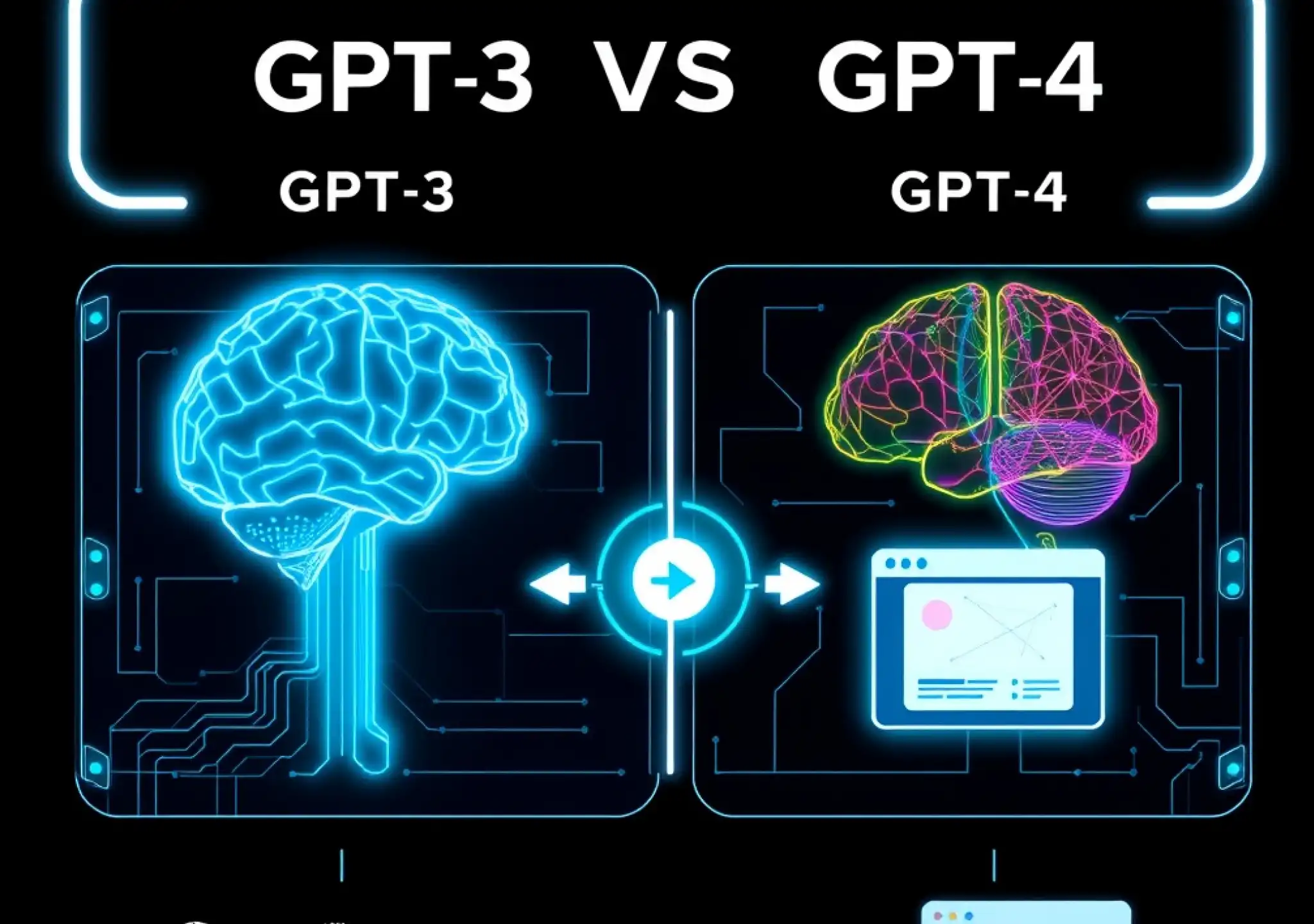Launched on March 14, GPT-4 is the newest version of the AI technology behind the popular chatbot ChatGPT, following its predecessor GPT-3.
OpenAI, the San Francisco-based AI lab co-founded by Elon Musk and Sam Altman in 2015, introduced GPT-4 as its most advanced model yet. This version is “multimodal,” meaning it can process both text and image inputs and generate text outputs. Sam Altman, OpenAI’s CEO, described GPT-4 as the “most capable and aligned” model, although he also acknowledged it still has flaws. He highlighted that GPT-4 is more creative, has reduced hallucinations, and is less biased than previous models.
Understanding ChatGPT and the Differences Between GPT-3 and GPT-4
GPT, or generative pre-trained transformer, is a large language model (LLM) designed to handle various natural language processing tasks, including answering questions, summarizing text, and generating code. These models use deep learning to produce human-like text.
ChatGPT is an AI chatbot that leverages GPT-3 and GPT-4 to interact with users. If ChatGPT were a car, GPT-3 or GPT-4 would be the engine powering it.
GPT-3, released in 2020, was trained on 175 billion parameters, making it the largest neural network at the time. It was later fine-tuned with the release of GPT-3.5 in 2022. GPT-4, which launched in March 2023, is the next evolution, capable of processing up to 25,000 words—eight times more than GPT-3. It also features the ability to process images and handle more complex instructions compared to GPT-3.5.
How to Access GPT-4
New users can start with ChatGPT by visiting chat.openai.com and signing up for a free account, which provides access to GPT-3. To access GPT-4, users must subscribe to ChatGPT Plus, a $20/month service. At the time of writing, GPT-4 allows up to 100 messages every four hours.
What Can You Do with GPT-4?
OpenAI claims that GPT-4 excels in tasks requiring advanced reasoning, complex instructions, and greater creativity. Early users have demonstrated several impressive applications of GPT-4, such as:
- Describe Images and Generate Recipes: GPT-4’s multimodal capabilities allow users to upload images (e.g., of ingredients like flour, butter, eggs, and milk) and receive recipe suggestions. However, this feature is not yet publicly available for GPT-4 subscribers.
- Code Video Games: Users have shown how GPT-4 can code entire video games in browsers within minutes, even without prior knowledge of JavaScript, a popular web development language.
- Create Websites: GPT-4 has been used to convert hand-drawn sketches into functional HTML pages, demonstrating its versatility in web development.
What’s Next for GPT-4?
To explore the new features of GPT-4, Al Jazeera created a premium ChatGPT account and asked it about the latest updates. Interestingly, GPT-4 wasn’t aware of its own recent advancements and stated that its training data was last updated in September 2021, meaning it couldn’t provide information on developments after that time.
As AI chatbots evolve rapidly, in February 2023, Google introduced Bard, a chatbot using a different language model called LaMDA. Other tech giants, including Microsoft, Huawei, Alibaba, and Baidu, are also racing to develop their own AI versions, fueling the competition to dominate the AI sector.

